—by Matt Milkovich
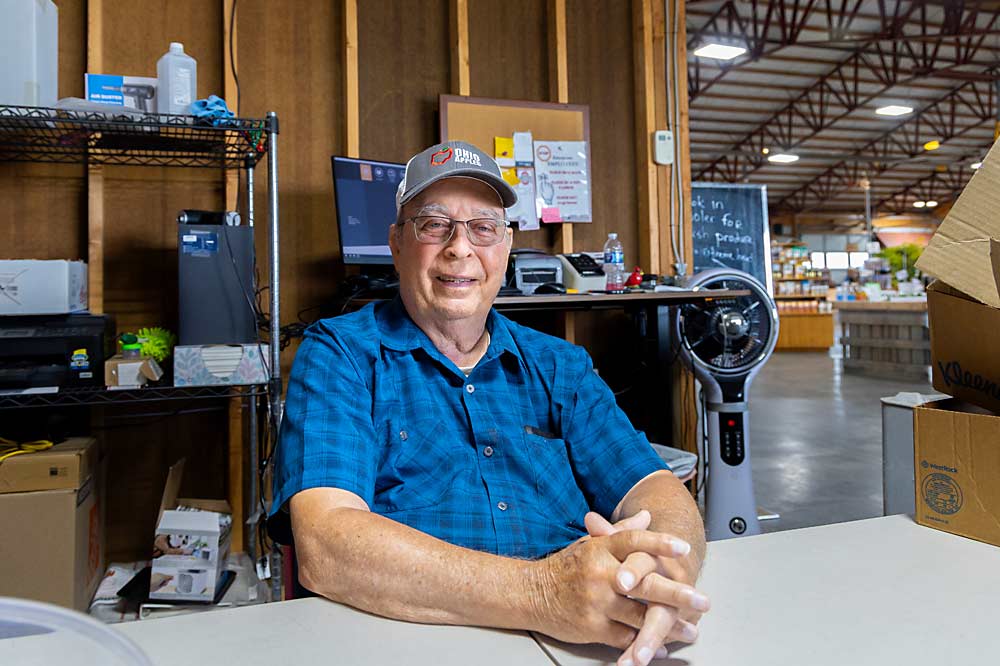
Central Ohio’s heavy soils, hail and spring freezes make it a hard place to grow apples. Grower Mitch Lynd always wanted high-quality varieties specifically tailored for the region’s challenges, but breeding programs didn’t prioritize his part of the Midwest.
To solve the problem, Lynd and Ed Fackler, an Indiana grower and nurseryman who “had an uncanny knack for getting to the heart of the problem,” Lynd said, decided to start their own breeding program in the late 1990s.
“I thought, shoot, we’ll just get some really great-tasting, disease-resistant, high-yielding, good-looking apples that bloom late,” Lynd said. “Well, it’s a lot easier to say than do.”
But they did it. Two dozen years and tens of thousands of crosses later, the Midwest Apple Improvement Association has grown beyond Lynd and Fackler’s original vision and shown that a grassroots group of growers can breed world-class apples. MAIA has released eight varieties in the past dozen years and now has 3.7 million trees planted in the United States; 3.2 million of those trees are MAIA-1 (marketed as EverCrisp), the group’s first release.
As interest in its apples has grown far beyond the Midwest, so too has the organization’s mission. There are MAIA trees in Canada, Mexico, Chile and New Zealand. And MAIA’s membership has grown from about 50 Midwestern growers in the early years to 1,100 today, including many of the largest commercial growers in the U.S. The industry has begun to debate how many apples the marketplace can handle, but MAIA wants to supply a new variety for every week of the U-pick season and, in the direct market world, 20 or more varieties is the norm. Today, MAIA balances those needs with its global ambition.
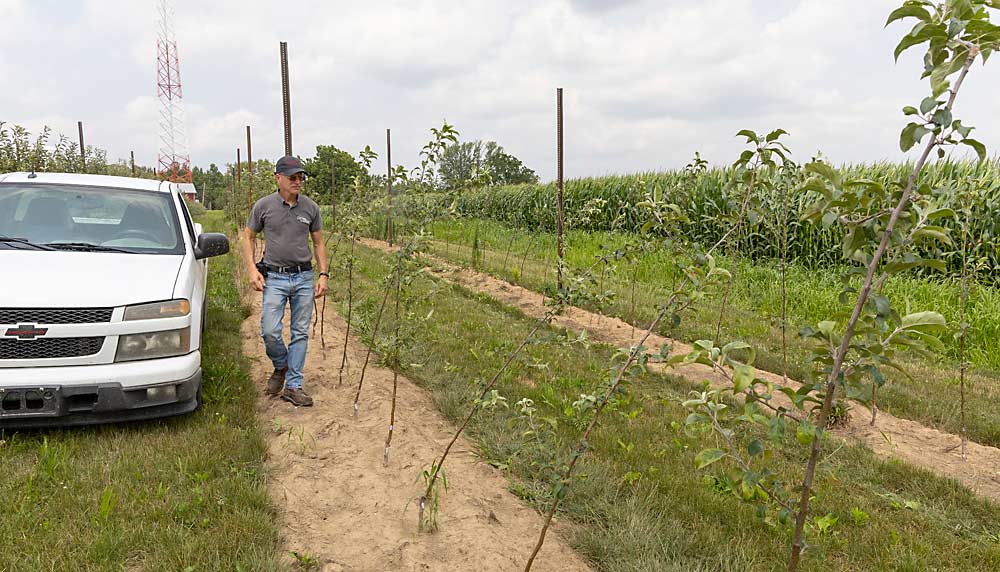
“We’re still looking for a home run,” MAIA President and CEO Bill Dodd said. “It’s my goal to have the most-planted apple in the world.”
Like all new varieties, the MAIA apples are still fighting for shelf space. Meanwhile, small growers and direct retailers report success. Northern Ohio grower Joe Burnham said MAIA apples sell well at his farm market but struggle with wholesalers. Gregg Bachman, a wholesale grower in Ohio who was also part of MAIA’s founding board, agreed.
“We’re totally wholesale, so it’s not as great for us,” Bachman said. “EverCrisp is a great apple and it’s getting better (acceptance) every year, but it’s a long, long road to get it accepted at the retail level.”
Looking back
In July, Good Fruit Grower sat down with Lynd at his family’s farm market in Pataskala, Ohio, just east of Columbus. At 81, he’s more or less retired these days, but he recalled his family’s apple-growing history and MAIA’s early days in detail.
In March 1998, Lynd and Fackler invited a group of growers, nurserymen and extension educators to Fackler’s home in Southern Indiana. The day was spent organizing MAIA and defining its goals, said Indiana grower David Doud.
“We were amateurs, but it was the right combination of people at the right time,” said Doud, who’s also chairman of MAIA’s board of directors.
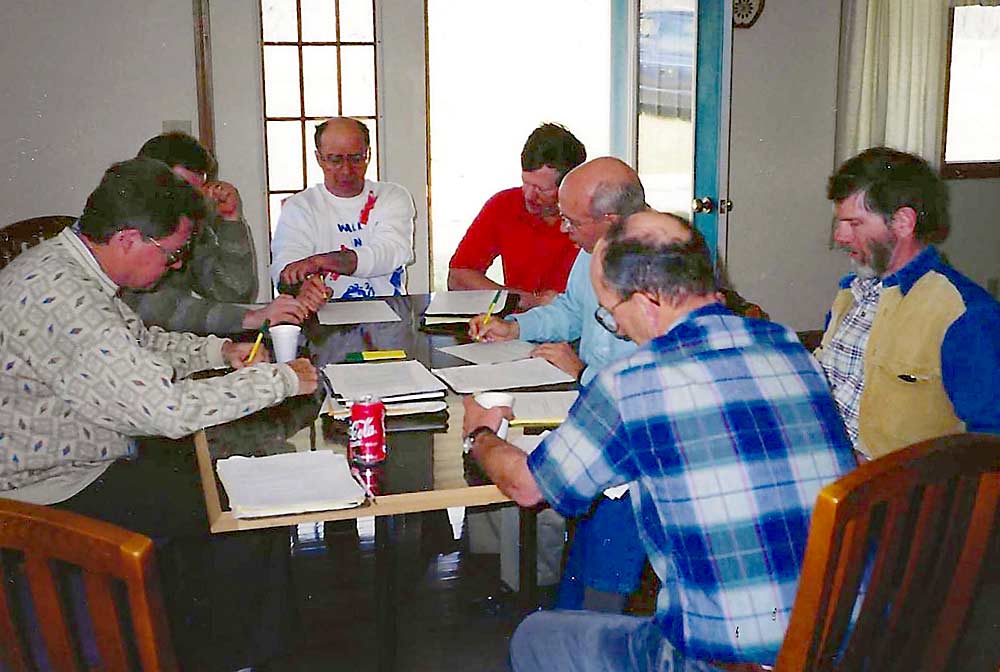
The plan was straightforward: Charge members to fund breeding work, and grant those members access to whatever varieties MAIA introduced. Anybody willing to pay $100 a year could be a member. They convinced about 50 growers to join early on.
One of those early members was Dodd, who runs a U-pick orchard in Northern Ohio. MAIA didn’t have a lot of resources in the early days, but there weren’t many constraints, either.
“We had nothing to lose,” Dodd said. “It’s not like we had any credibility anyway.”
He credits Lynd with MAIA’s establishment.
“If Mitch Lynd doesn’t have the vision and personality to strong-arm growers to get involved, MAIA doesn’t get off the ground,” he said.
The breeding and evaluation work was done by a core group of members, each with his own method. At his Indiana orchard, Doud still makes crosses by collecting bloom clusters from the desired pollen parent at pink stage, slicing them open and collecting the anthers. He dries the anthers under an incandescent light until they release pollen grains, which he saves in a pill bottle.
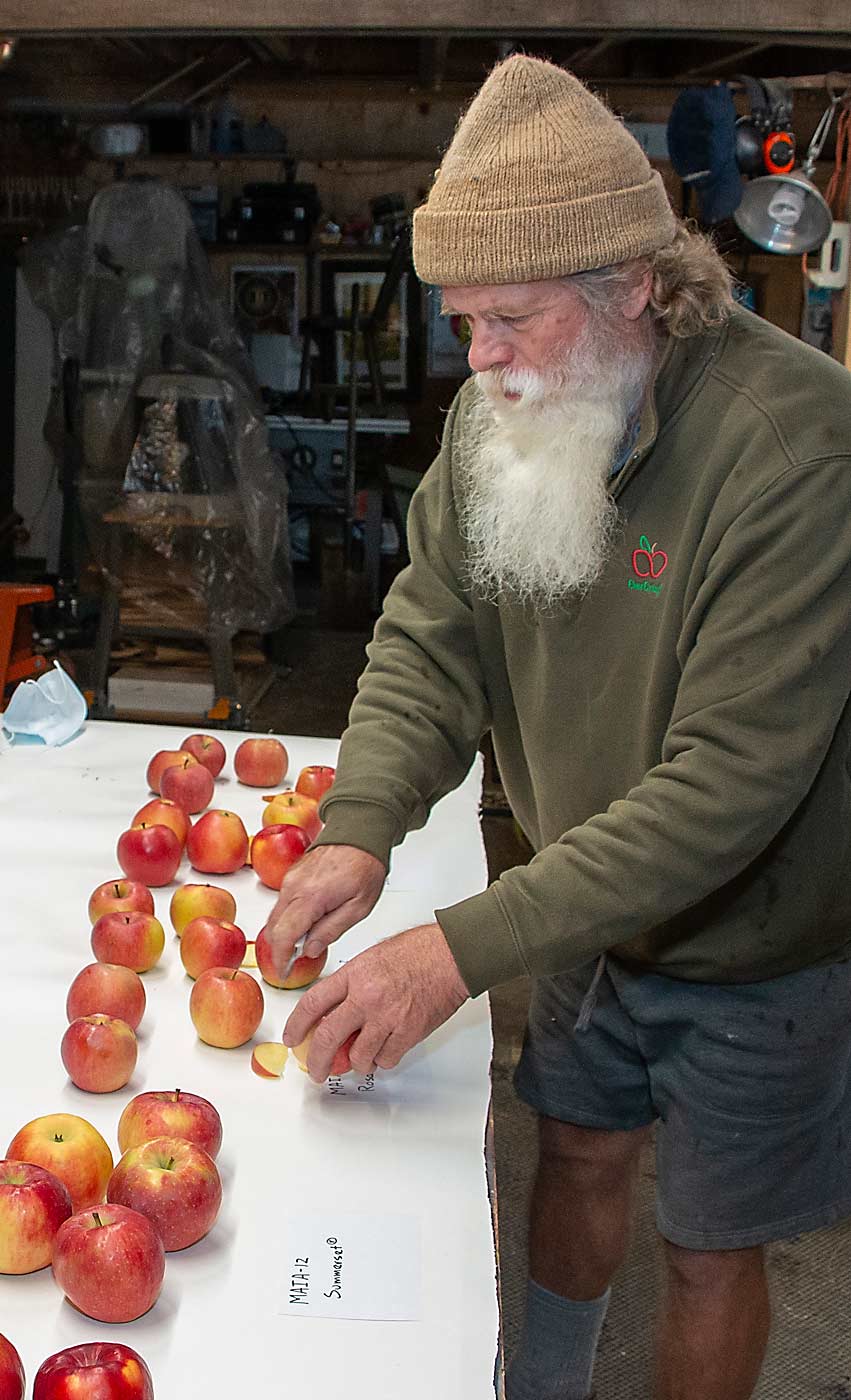
During late bloom (preferably in the same spring), Doud removes all but two blossoms per cluster from a limb, pulls the petals from the remaining blossoms and uses an artist’s brush to apply pollen to the desired stigma. He flags the limb and then moves on. Once the resulting apples are picked, he cuts out and refrigerates the seeds.
For a long time, Doud sent the seeds to Lynd, who would send them to different nurseries for germination. The resulting seedlings were distributed to members willing to grow them.
Doud was the one who planted a crucial set of Honeycrisp by Fuji seedlings, which have yielded four of MAIA’s eight releases so far, including MAIA-1, MAIA-11 (Rosalee), MAIA-12 (Summerset) and the yet-to-be-named golden apple MAIA-AM.
“I got those crosses by the luck of the draw,” Doud said. “Those 320 seedlings produced as many varieties as the other 50,000 seedlings combined.”
When evaluating apples from a MAIA test block on his Ohio property — “take a bite and spit it out” is how he described the usual process — Lynd found one of the most unusual apples he’s ever tasted, fruity and tropical. The group named it MAIA-L, marketed as Ludacrisp.
Looking ahead
A lot has changed in the two centuries that the Lynd family has grown apples in Ohio. Like most of the state’s surviving apple growers, they shifted from wholesale to direct-retail to take advantage of Ohio’s large population centers. They grow about 150 acres of apples now, fewer than they used to, but can charge more for them.
Their farm marketing efforts started with a wagon full of peaches, followed by a big tent. In 2011, they built a permanent facility. They’ve already expanded it twice, said Andy Lynd, Mitch’s son.
“We’re 15 miles from a million people,” Andy said. “If we could do it over again, we’d make it quite a bit bigger.”
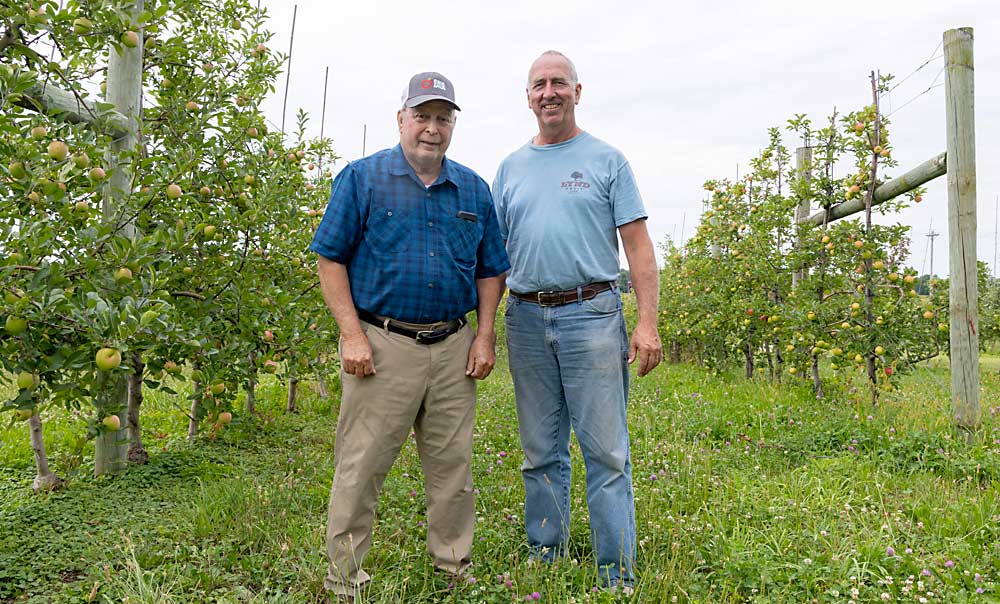
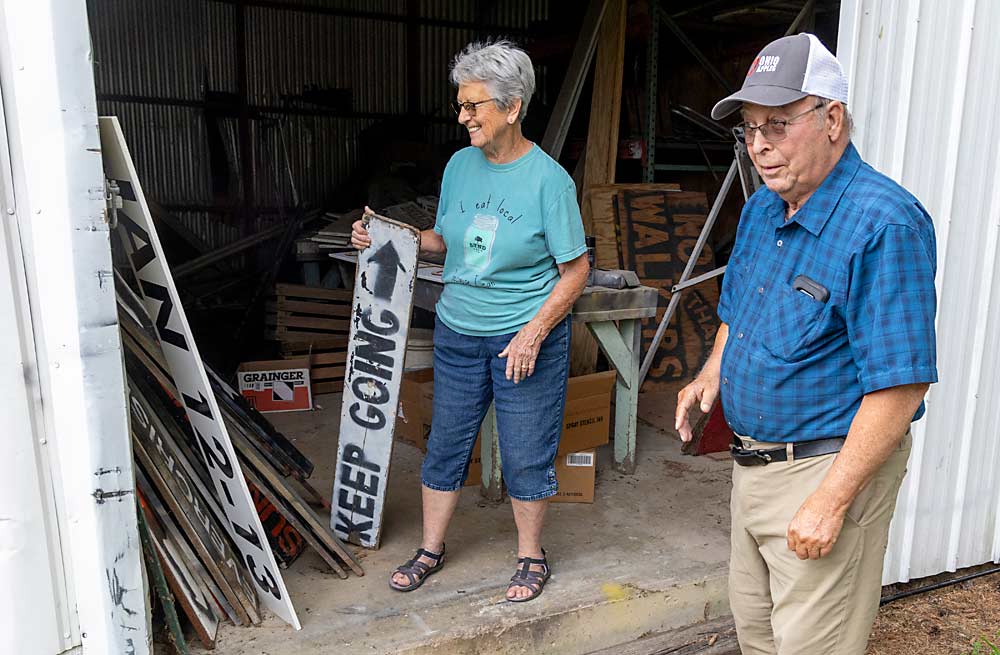
EverCrisp is the second most popular apple on the farm today, after Honeycrisp, he said.
MAIA evolved too, becoming a more professional organization in 2012 when the group released MAIA-1 and hired Dodd as president. Dodd helped “organize the business model,” he said, and he also manages the financial, legal, intellectual property, plant patent and trademark processes. Growers, including Doud and Andy Lynd, make up the board of directors.
Today, most of the breeding work is done in New York by horticultural consultant Bill Pitts and partner organization Reality Research. Making controlled crosses and raising seedlings in a protected environment will shave years off the breeding process, said Reality Research co-owner Scott Palmer.
But breeding, evaluating and releasing a new apple remains a decades-long process, and even then there’s no guarantee it will spark consumers’ interest. Mitch Lynd knows that very well.
“That’s the story of apple breeding,” he said. “It’s an extremely long, long, long shot.” •
MAIA varieties
The Midwest Apple Improvement Association has released eight varieties so far, with more in the pipeline. MAIA Chairman David Doud said the early releases were chosen mostly on individual merit as “superior fruit,” but they are harvested very early or very late. To give members a season-long program of MAIA apples to offer in the marketplace, newer releases aim for the mid-September to mid-October window.
MAIA recommends pairing its scions with Budagovsky 9, Malling 9-337 or Geneva 11 rootstock.
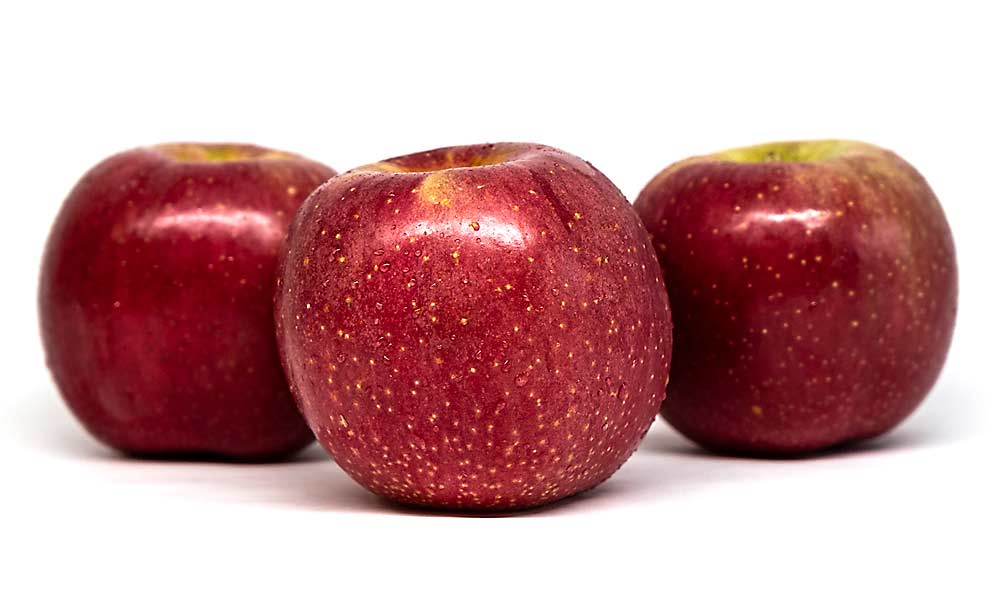
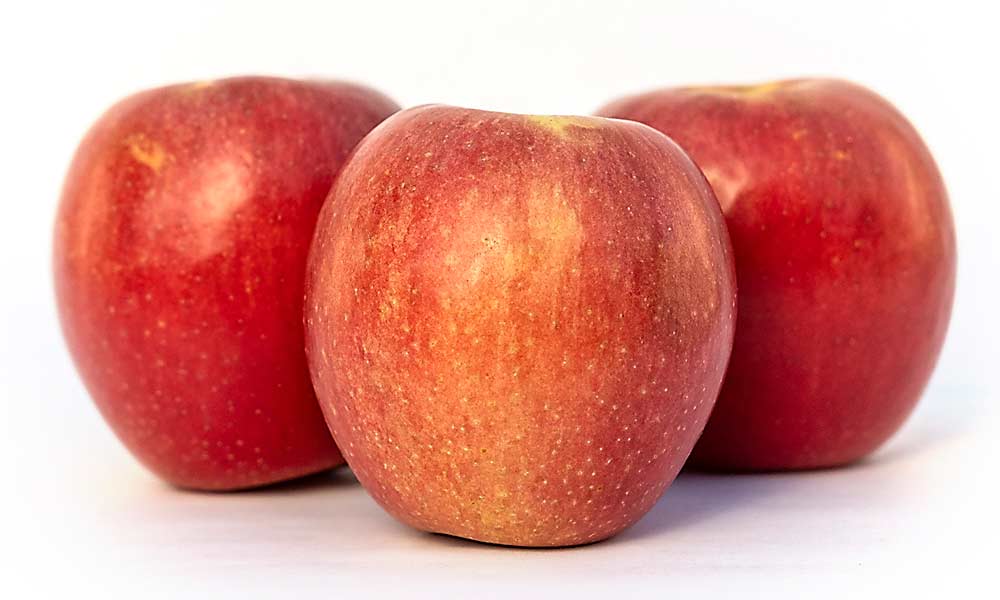
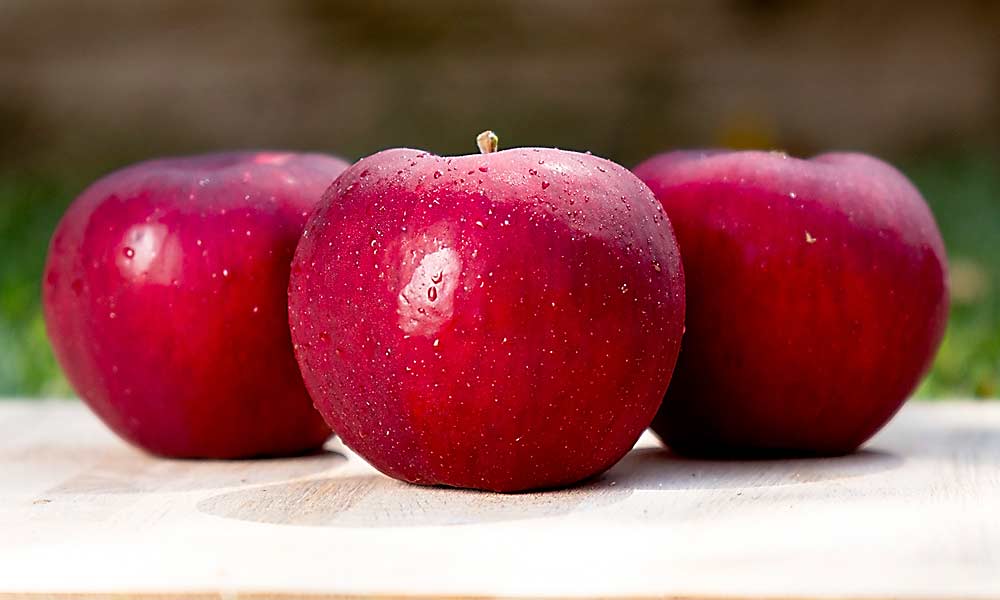
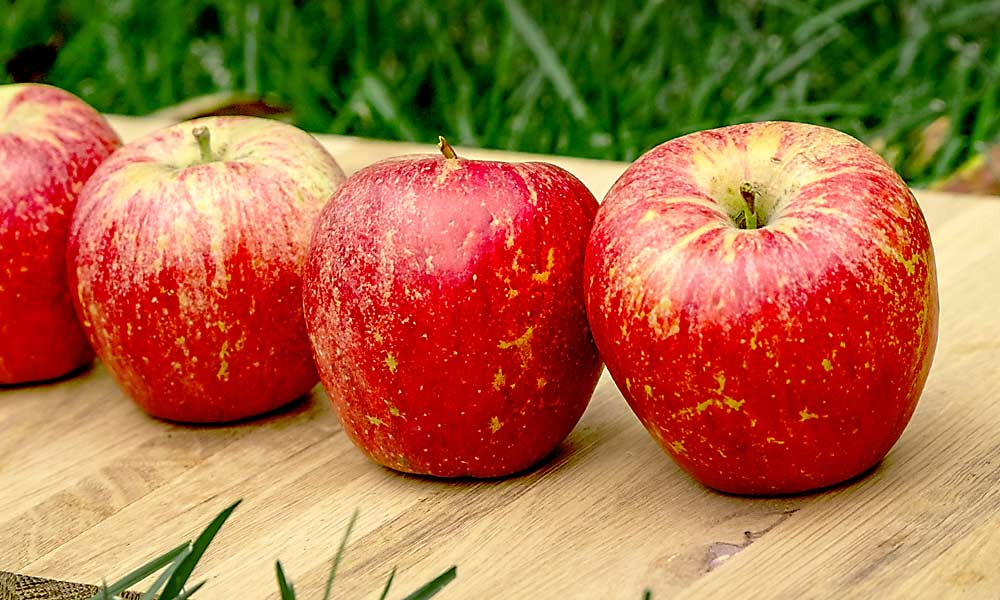
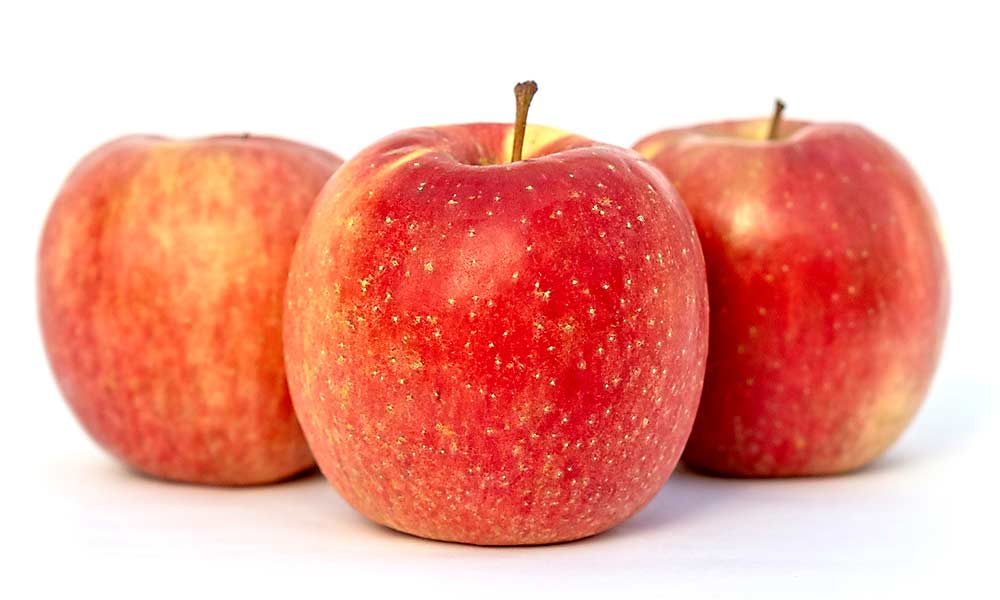
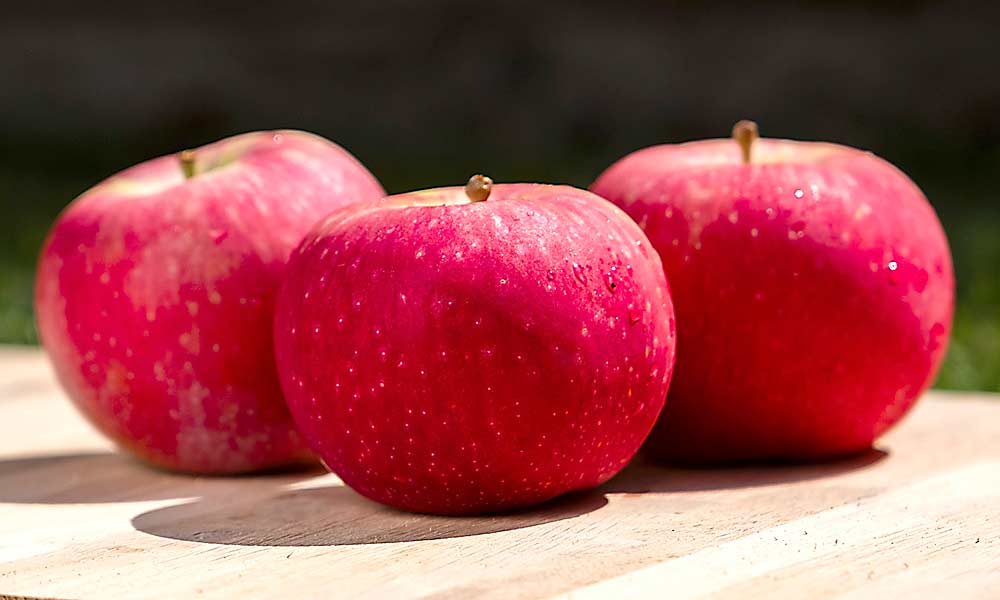
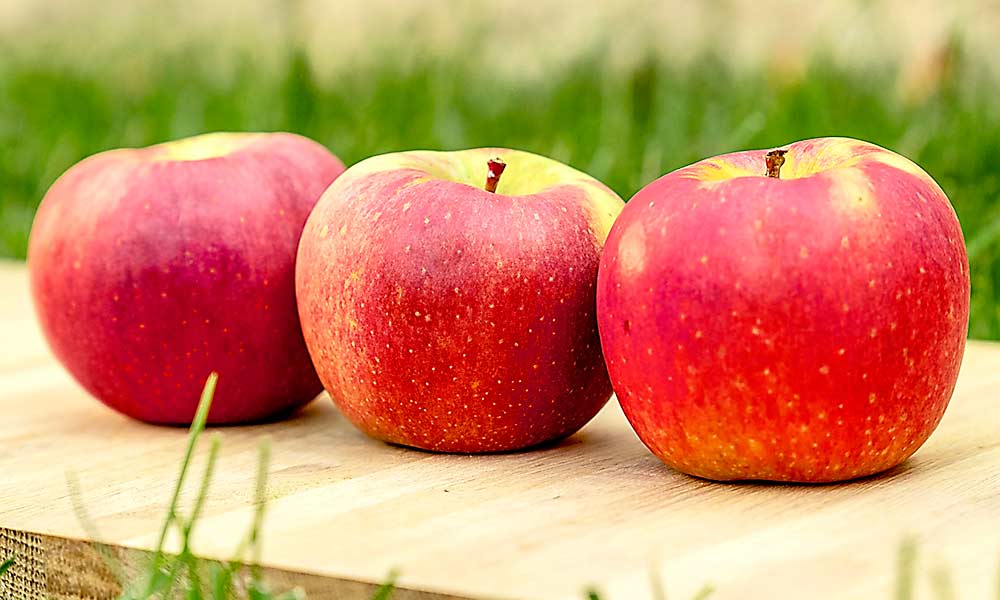
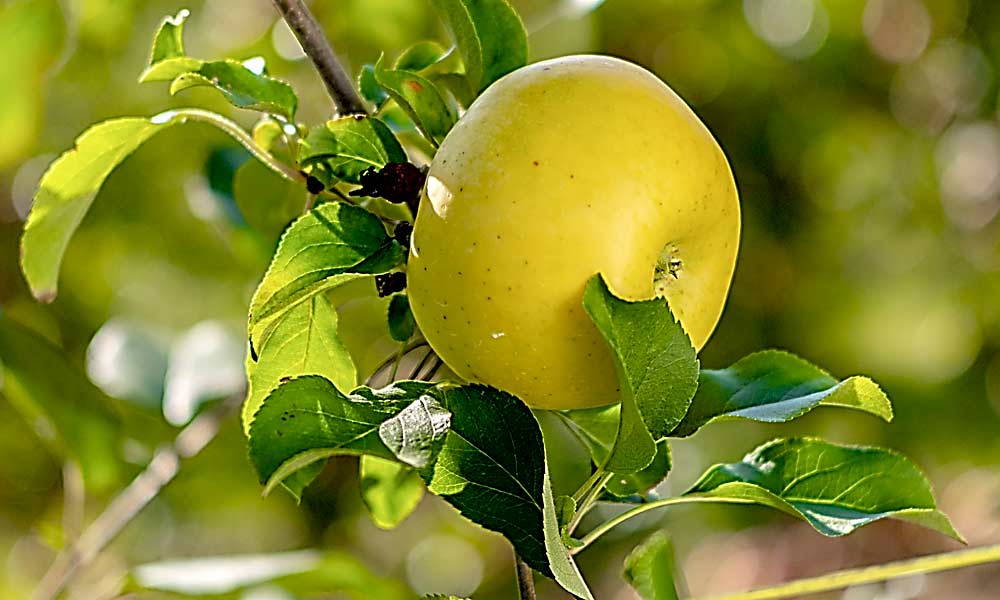


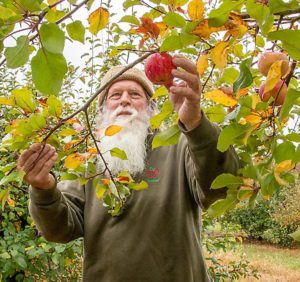


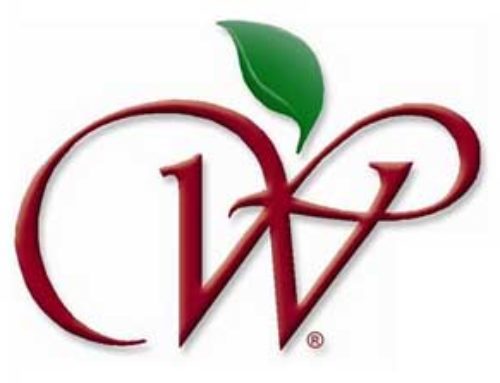


Leave A Comment